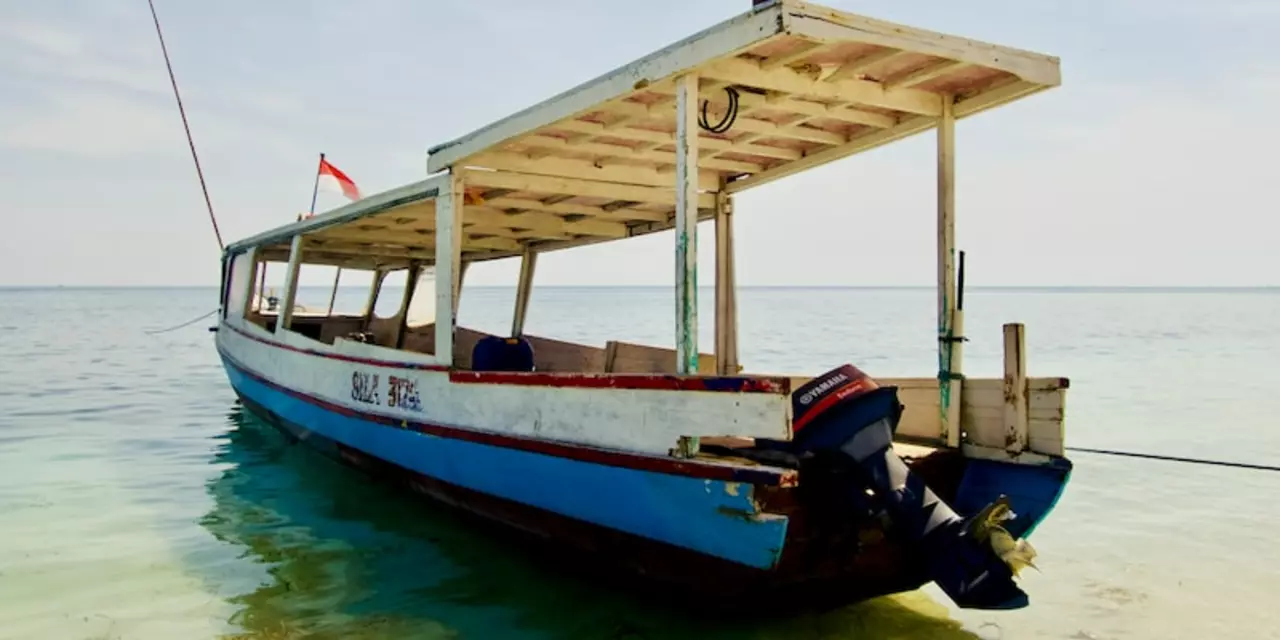Safety Regulations in India – What You Need to Know
India is a land of vibrant festivals, bustling streets, and busy borders. With so much happening, knowing the right safety rules can keep you out of trouble. From the Ganesha Visarjan ceremony to everyday road travel, the government and local bodies set clear guidelines. Let’s break down the most common regulations and see how they work in real life.
Festival and Public Event Safety
Take the Ganesh Visarjan processions that end Anant Chaturdashi. Cities plan special routes, crowd barriers, and clean‑up crews to avoid accidents and pollution. One viral claim about lighting 14 diyas sparked curiosity, but the real safety focus is on fire‑hazard checks and designated areas for lanterns. When you attend a procession, follow the police‑marked paths, respect the no‑fire zones, and dispose of waste in the provided bins. These simple steps protect both you and the environment.
Travel and Transportation Rules
Air travel safety in India follows strict protocols, especially after incidents like the Calicut crash caused by bad weather and slippery runways. Pilots receive real‑time weather updates, and airports use anti‑skid systems on runways. As a passenger, always check the weather forecast, arrive early for safety briefings, and keep your seatbelt fastened when seated.
Road safety is another hot topic. The main causes of accidents include poor road conditions, over‑crowded streets, and lax law enforcement. Indian traffic rules require helmets for two‑wheelers, seatbelts for car occupants, and a valid driving licence. If you’re driving, avoid rush‑hour lanes, keep your vehicle serviced, and use headlights in low‑visibility conditions. Local authorities also run periodic checks for speed limits and vehicle fitness.
Border security involves a different set of regulations. The government’s plan to close gaps in border fences by 2022 includes high‑tech surveillance, motion sensors, and regular patrols. While most citizens won’t interact directly with these systems, the rules help prevent illegal crossings and reduce smuggling. Knowing the official crossing points and required documentation can save you from unnecessary delays.
Even academic environments have safety policies. Universities that introduce peer‑review writing programs must follow guidelines on data privacy, plagiarism checks, and student consent. These rules ensure a fair and safe learning space for everyone.
Overall, safety regulations in India are designed to protect people during festivals, travel, work, and daily life. The best way to stay safe is to stay informed, respect the posted signs, and follow the simple advice given by officials. When you do, you’ll enjoy the rich Indian experience without worrying about avoidable risks.
There have been several mid-air plane collisions in the past, mostly caused by human error, bad weather, and communication problems. The most devastating mid-air plane collision occurred in 1985, when two Boeing 747s collided in the air over the island of Tenerife, killing 583 people. Mid-air plane collisions are rare, however, due to safety regulations and technology advancements.
